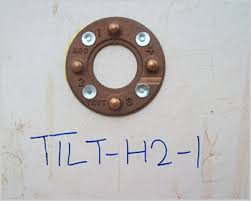
Crack Monitoring Test (Tiltmeter)
Crack monitoring is an important part of structural health evaluation because it allows engineers to understand how fractures behave over time and under different loads and environmental conditions. This test uses tiltmeters or displacement sensors to evaluate the relative movement and rotation of two sides of a fracture, revealing probable structural instabilities or deformation patterns. It's commonly utilized on concrete walls, beams, slabs, tunnels, and historic structures. Engineers can make proactive repair or reinforcement decisions by tracking crack growth on a continuous or periodic basis. Crack monitoring is particularly useful in post-construction evaluations or after seismic or load-induced stress events.
Advantages of Crack Monitoring (Tiltmeter):
- Monitors fracture breadth, displacement, and rotational movement.
- Allows early diagnosis of probable structural instability.
- Suitable for both short and long-term monitoring.
- Suitable for concrete, masonry, and historic constructions.
- Supports repair planning and prioritizing.
- Tiltmeters provide exact angular change measurements.







 BR 59895
BR 59895  VN 28263
VN 28263  US 11352
US 11352  AR 5035
AR 5035  EC 2817
EC 2817  CN 2770
CN 2770  TR 2261
TR 2261  SG 1760
SG 1760 

